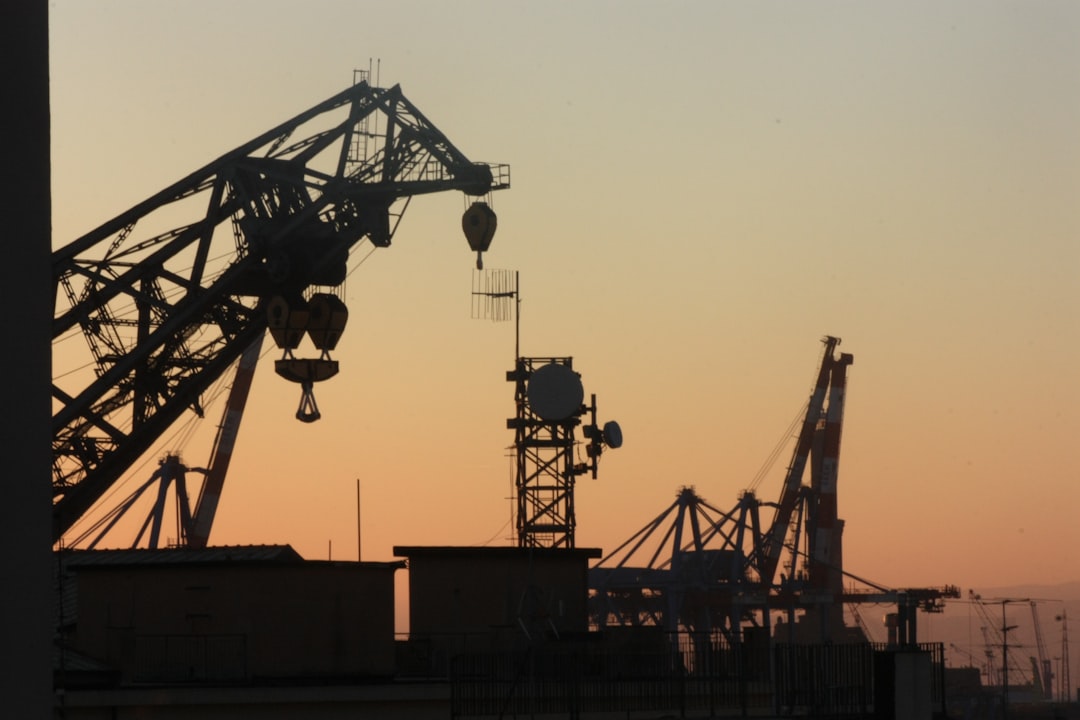body {
font-family: sans-serif;
line-height: 1.6;
}
h1, h2, h3 {
color: #333;
}
The steel industry, a cornerstone of global infrastructure and manufacturing, faces unique challenges in managing its intricate supply chain. From the extraction of raw materials to the delivery of finished products, the process is complex, demanding, and highly susceptible to external factors. Efficient supply chain management (SCM) is not just beneficial – it’s crucial for survival and profitability in this competitive landscape.
Securing the Raw Materials: From Ore to Mill
The journey begins with the sourcing of raw materials, primarily iron ore, coal, and limestone. This stage is fraught with geopolitical risks, fluctuating commodity prices, and environmental concerns. Steelmakers must navigate complex international markets, securing long-term contracts with reliable suppliers while mitigating price volatility. Sustainable sourcing practices, including responsible mining and ethical labor standards, are increasingly important considerations for both environmental and reputational reasons. Furthermore, the transportation of these bulky raw materials – often over vast distances – presents significant logistical hurdles and contributes significantly to the overall carbon footprint. Efficient transportation planning, including optimized rail and sea freight, is therefore paramount.
Optimizing Steel Production: Efficiency and Quality Control
The steelmaking process itself demands meticulous management. Integrated steel mills, which handle the entire process from raw materials to finished products, require sophisticated scheduling and inventory control systems to ensure smooth operations. Minimizing downtime through proactive maintenance and efficient resource allocation is critical. Quality control is paramount; stringent testing procedures at every stage of production are essential to meet customer specifications and industry standards. The implementation of advanced technologies such as automation and data analytics plays a crucial role in enhancing both efficiency and quality control throughout the production process. Real-time monitoring of production parameters allows for immediate adjustments and prevents costly errors.
Navigating the Logistics Maze: Transportation and Delivery
Once the steel is produced, efficient logistics are essential for timely delivery to customers. Steel products, ranging from raw coils to highly specialized components, require specialized transportation methods. This includes rail, road, and sea freight, each presenting unique challenges in terms of cost, speed, and environmental impact. Careful route planning, optimized containerization, and effective coordination with transportation providers are key to minimizing delays and ensuring on-time delivery. Furthermore, the increasing demand for traceability and transparency in the supply chain necessitates the use of advanced tracking systems, providing real-time visibility into the location and status of shipments.
Inventory Management: Balancing Supply and Demand
Effective inventory management is crucial for preventing stockouts and minimizing storage costs. Steel, a bulky and often expensive material, requires sophisticated inventory control systems to optimize storage space and minimize waste. Accurate demand forecasting is essential to anticipate customer needs and adjust production accordingly. This involves analyzing historical sales data, market trends, and macroeconomic factors to create accurate predictions. Just-in-time (JIT) inventory management techniques, while challenging to implement in the steel industry due to the long lead times involved in production, can significantly reduce storage costs and improve efficiency when implemented effectively. Advanced inventory management systems, often integrated with enterprise resource planning (ERP) systems, provide real-time visibility into inventory levels and facilitate better decision-making.
Embracing Technology: Digital Transformation in Steel SCM
The steel industry is undergoing a significant digital transformation, with technology playing an increasingly important role in optimizing supply chain management. This includes the adoption of blockchain technology for enhanced traceability and transparency, the use of artificial intelligence (AI) for predictive maintenance and demand forecasting, and the implementation of Internet of Things (IoT) sensors for real-time monitoring of production and logistics processes. Data analytics provides valuable insights into various aspects of the supply chain, enabling data-driven decision-making and continuous improvement. The integration of these technologies requires substantial investment but offers significant potential for cost reduction, improved efficiency, and enhanced sustainability.
In conclusion, mastering supply chain management in the steel industry requires a holistic approach that encompasses all stages of the process, from raw material sourcing to final delivery. By embracing technology, optimizing processes, and focusing on sustainability, steel companies can enhance their competitiveness, improve profitability, and build a more resilient and efficient supply chain for the future.
SEO-Friendly Tags:
- Steel Supply Chain Management
- Steel Industry Logistics
- Steel Inventory Optimization
- Raw Materials Steel Sourcing
- Technology in Steel Production




